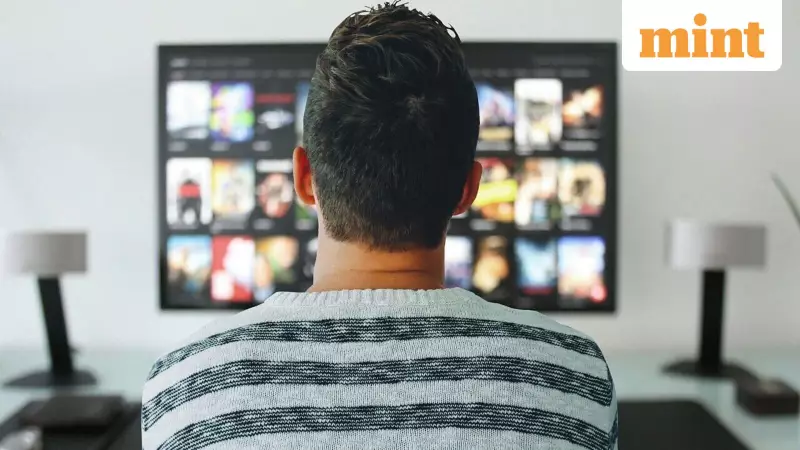
Indian consumers are facing a significant surge in their monthly entertainment bills as global streaming giants continue to raise subscription prices throughout 2025. What started as a trickle has become a wave of increases, making the cost of cutting the cord with traditional cable increasingly comparable to the bills consumers sought to escape.
The Wave of Streamflation Hits Major Platforms
In recent weeks, the landscape of digital entertainment has become more expensive. HBO Max, Hulu, and Disney+ have all implemented price increases for at least some of their service tiers. This trend is not new for the year. Netflix led the charge with its hike in January, followed by Peacock in July and Apple TV in August. The latest to join this movement is Paramount, which announced on Monday that it would raise the price of Paramount+ early next year.
Analysts are calling this phenomenon 'streamflation.' A key driver behind these rising costs is the intense competition for live sports. Media companies are spending billions to secure broadcasting rights for premium events like the National Football League (NFL), Ultimate Fighting Championship (UFC), and Major League Baseball (MLB). These massive investments are ultimately passed on to the subscribers.
Paying More for Less? The Consumer Conundrum
In a move that has frustrated many users, some price increases come with a reduction in content. Critics point out that consumers are sometimes paying more while losing access to high-profile programming.
A prime example is Warner Bros. Discovery's HBO Max. Its least expensive ad-free plan now costs $10.99 per month, a dollar more than before. However, for this higher price, subscribers this season lost the package of National Basketball Association (NBA) games. Furthermore, the platform is eliminating the live news stream from CNN later this month as the news network launches its own standalone service. The company has defended its position by highlighting the addition of other sports like Nascar, Big 12 football, and more College Football Playoff action.
Consumer Loyalty and the Ad-Supported Shift
Despite the repeated price adjustments, data suggests that households are not massively canceling their subscriptions. According to MoffettNathanson analyst Robert Fishman, cancellation rates are the primary indicator of 'price-hike fatigue,' and these rates have remained fairly steady for many streamers.
Netflix subscribers are demonstrating remarkable loyalty. Data from Antenna shows cancellation rates have been flat at 2% for almost every month since May 2023. During this period, Netflix's least expensive ad-free tier increased from $9.99 to $11.99 per month, with premium options now costing up to $24.99.
'Netflix has really cracked the code in terms of pricing,' Fishman stated, pointing to the success of its strategy that offers a budget-friendly, ad-supported plan alongside premium-priced options.
Other streaming services are also beginning to see profits or reduce their losses after investing heavily in launching and expanding their platforms. Instead of canceling services entirely, consumers are increasingly opting to switch to lower-cost, ad-supported tiers.
Mike Proulx, Vice President and Research Director at Forrester, confirmed this trend. The strategy is paying off for the platforms. According to Comscore's State of Streaming report, nearly half of all Netflix viewing hours in the U.S. now come from its ad-supported tier, a significant jump from about one-third just in August 2024.
This shift is crucial for streamers as they seek to prove to advertisers that they have a large, engaged audience worth targeting. The quest for growth has also led to a complex array of bundled offerings, reminiscent of the old cable TV packages. For instance, Peacock and Apple TV launched a combined offering in October for $14.99 per month with ads, and ESPN and Fox introduced a joint sports package for $39.99 monthly.
'The best I can say about bundles is déjà vu,' Proulx remarked. 'This is akin to what life was like in the legacy pay-TV days.' It seems the cycle of paying for a vast amount of content to watch only a small portion of it has come full circle in the digital age.





